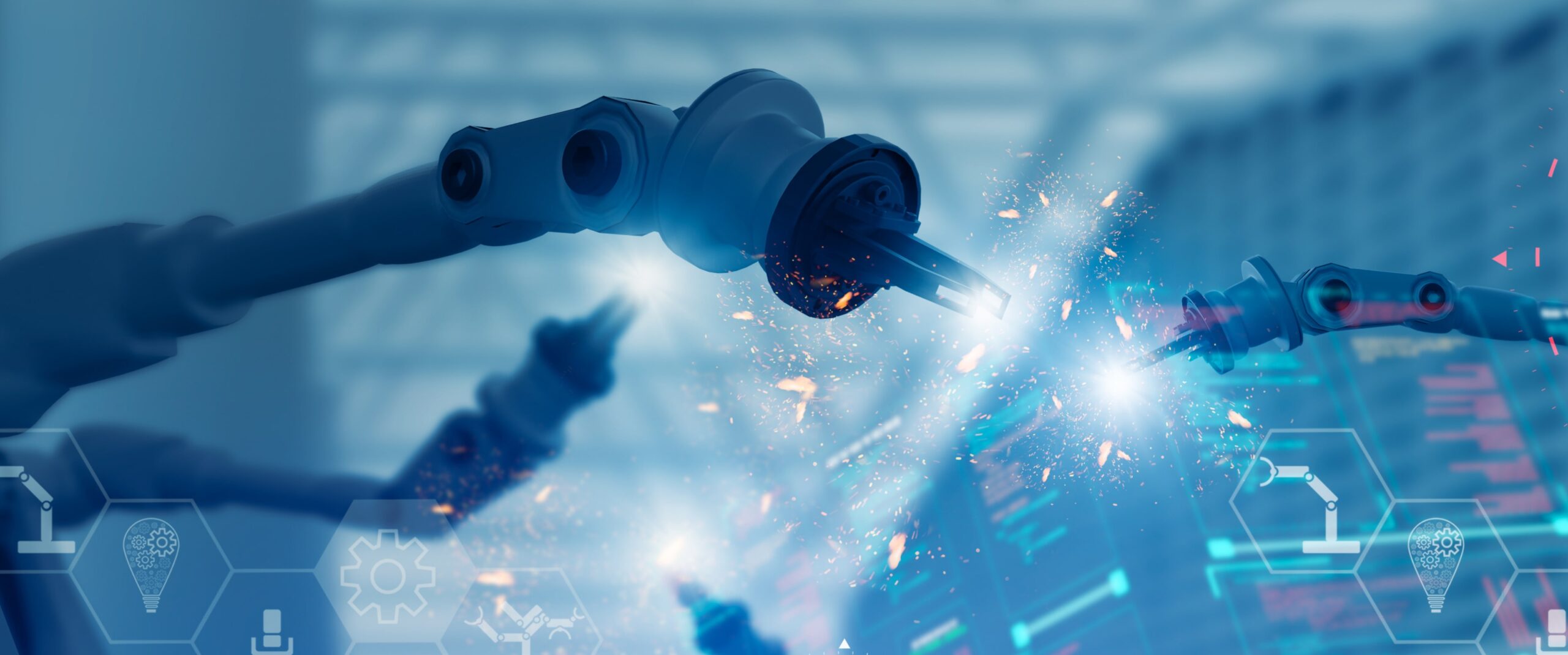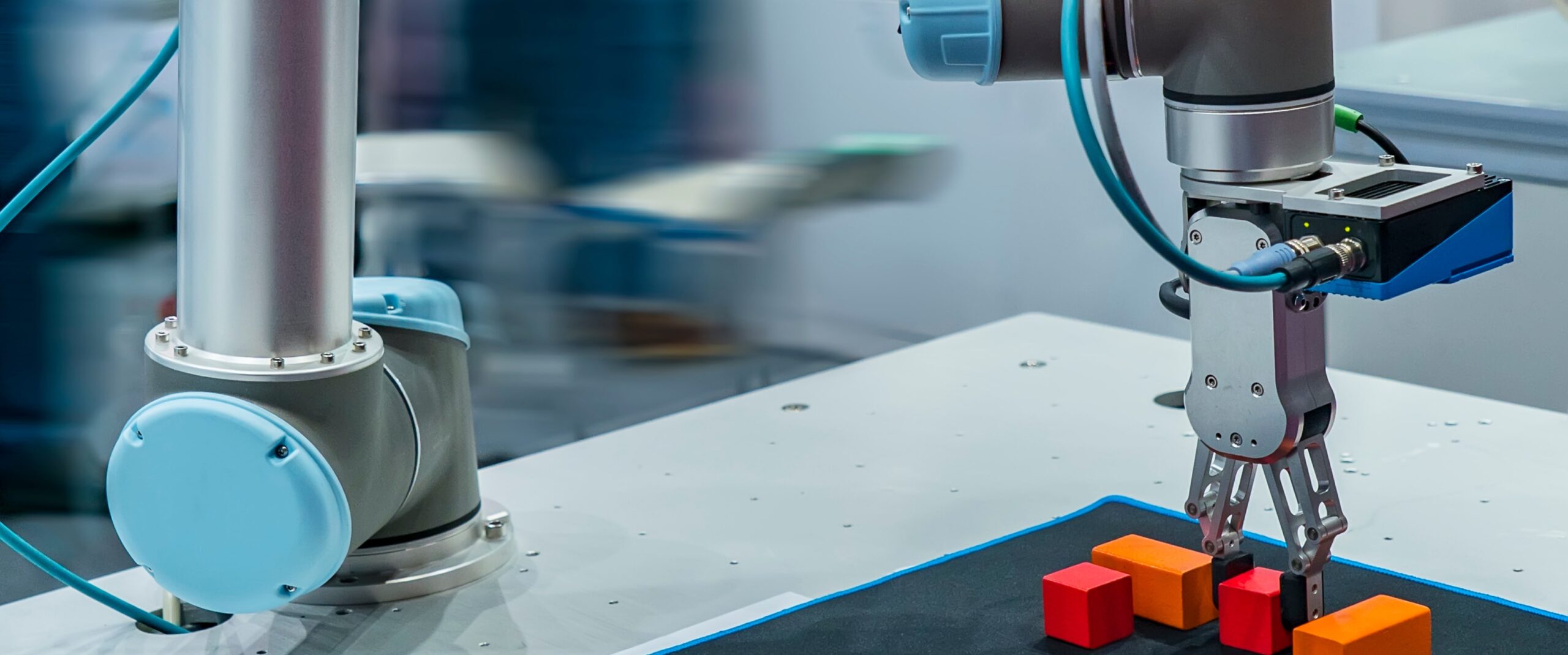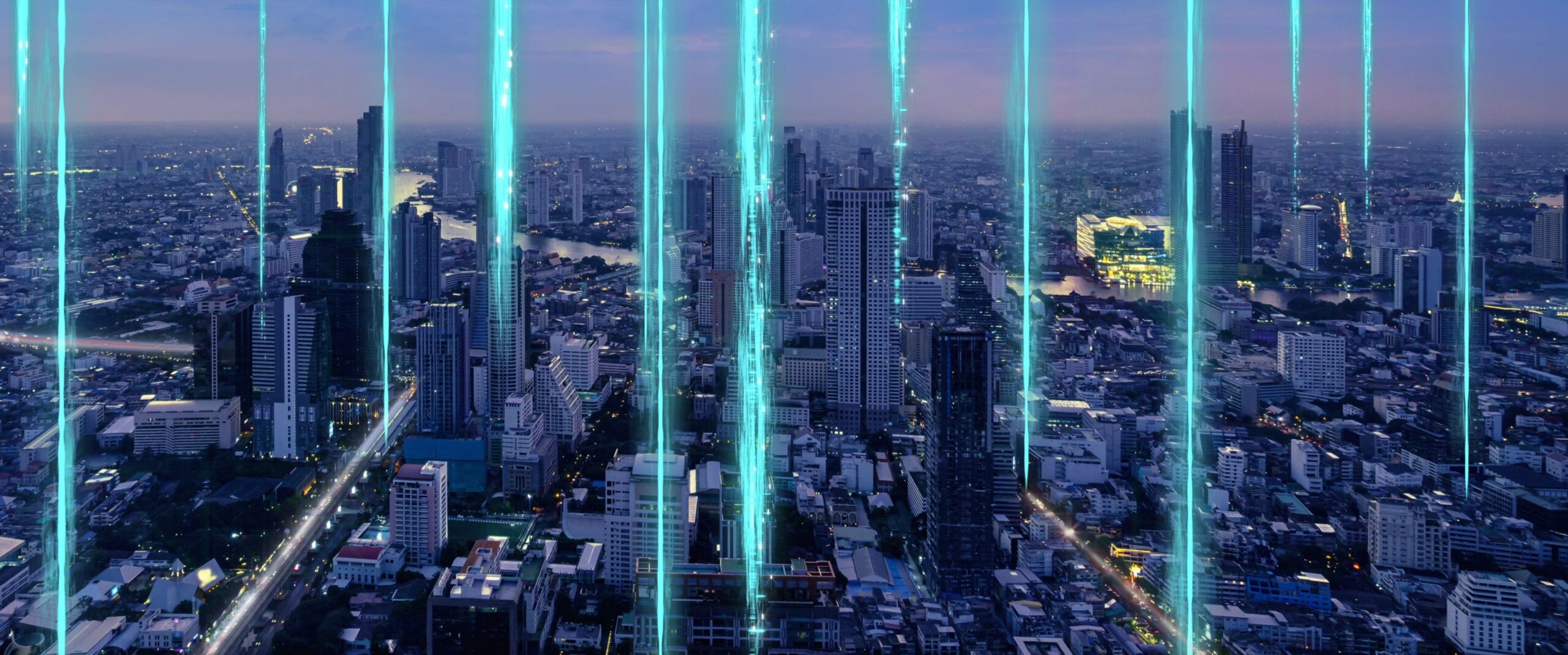
The power of AI has revolutionized how machines perceive images and videos. This domain, termed visual recognition, is not new.
However, its evolution with artificial intelligence has taken a giant leap forward.
Visual recognition is the capability of machines to identify and process visual data, like images and videos.
Think of it as teaching machines to “see” as humans do but with the added perks of consistency, speed, and accuracy.
Not long ago, we had machines that struggled with the basic understanding of images.
With artificial intelligence, visual recognition systems today can identify objects, gauge emotions, and even predict actions.
Curious about more? Visit Flexible Vision for a closer look.

Deep learning is essentially a subset of machine learning that uses algorithms to imitate the structure and function of a human brain with something called artificial neural networks.
It is the brain’s digital twin. It breaks down information into layers and learns from vast amounts of data.
The “deep” in deep learning isn’t about the depth of thought but the layers in these networks. The more layers, the deeper the learning and the better the accuracy.
This allows for better feature extraction and helps in discerning intricate patterns within the data.
Convolutional Neural Networks (CNNs) in Visual Recognition
CNNs are the pinnacle of image recognition technology. Unlike traditional neural networks, CNNs are specifically designed to handle visual data.
They work by moving a filter over an image to produce feature maps, turning complex visuals into understandable data.
By identifying vital features (like edges, textures, and patterns), CNNs can distinguish between different objects and categorize them accurately.
It’s why they’re so crucial in applications like face recognition and medical imaging.

Imagine cars that don’t just rely on human input but have eyes and brains of their own.
Powered by visual recognition and deep learning, these vehicles can analyze their surroundings, separating pedestrians from cyclists, and even predicting potential hazards.
It’s not just about moving from point A to B anymore; it’s about doing it efficiently, safely, and autonomously.
For instance, if a driver dozes off, visual recognition systems can detect this and send alerts.
In addition, lane detection ensures vehicles stay on track, and traffic sign recognition ensures rules are never overlooked, making roads safer for everyone.
Incorporating AI in retail is a game-changer.
See an outfit you like on a stranger or in a magazine?
Click a picture, upload it, and visual recognition technology will scan vast product databases to find a match or something similar.
It’s like having a personal shopper in your pocket.
With AR-powered mirrors, try on outfits without changing. Interactive kiosks powered by visual recognition also offer product details and reviews with just a glance.
It’s all about merging the digital and physical shopping realms seamlessly.
Accuracy is crucial in manufacturing. Mistakes can be costly. This is where visual recognition comes in.
Automated systems complete with high-resolution cameras and AI will scan products at lightning speed, spotting even the tiniest anomalies or defects.
It’s about enhancing human capabilities and ensuring top-notch quality consistently.
Cameras equipped with visual recognition technology can monitor machinery, analyzing wear and tear.
They predict when a part is likely to fail, so industries don’t have to deal with expensive downtimes. The future is proactive, not reactive.
Explore this process at our How It Works page.

The effectiveness of an AI model depends on the quality and quantity of data.
A big challenge is the lack of labeled data. AI models, especially in visual recognition, need annotated data to understand and learn. Without it, training becomes a challenge.
Moreover, AI isn’t immune to biases. If the data used to train AI is biased or doesn’t represent different scenarios, the AI model inherits those biases, creating inaccurate outputs.
Visual data also often contains sensitive information. This has raised concerns about data misuse, unauthorized access, and breaches.
Start innovating your production processes today with Flexible Vision.
One of AI’s criticisms is its “black-box” nature.
Users input data and get results, but the in-between – how AI arrived at that decision – remains a mystery.
That’s why an AI system needs to be efficient and transparent.
Without knowing the why and how of AI decisions, using them in critical sectors becomes challenging.
So, the path forward is clear: AI models that are both efficient and explainable.
The focus is on designing systems that don’t just deliver results but can explain their decision-making process.
Visual recognition systems tend to be over-critical. Factors like changing light conditions, reflections, and shadows can affect their performance.
Aside from that, in scenarios like autonomous driving, even a millisecond delay in processing can have dangerous consequences.
And lastly, the real world is messy. A visual recognition system’s ability to analyze crowded scenes with multiple overlapping objects is important for accuracy.
In artificial intelligence, training a model from scratch needs plenty of resources, both in terms of time and computational power. Enter transfer learning.
Transfer learning uses the knowledge a model has gained from a previous task and applies it to a new related task.
It’s like using the skills you’ve built in one job to excel in another.
By using pre-existing knowledge and making minor adjustments, we can achieve better accuracy without starting from square one.
Flexible Vision is your partner in taking your production to a whole new level.
Visual recognition is also about understanding the context and relationships of the visual scene.
Object detection sharpens the exact locations of these objects, providing bounding boxes that highlight each item.
But what if objects overlap or we need a more detailed outline?
That’s where segmentation comes into play. It goes beyond bounding boxes, separating each pixel of the object, and even distinguishing between overlapping items.
For industries like medical imaging, where precision is required, these advancements are a game-changer.

In our fast-paced, data-driven world, processing visual data in centralized cloud servers causes delays that are dangerous to real-time applications, like autonomous vehicles.
Edge computing addresses this by processing data directly at its source, such as cameras or sensors. This speeds up decision-making the decision-making process.
In addition, merging AI with Augmented Reality (AR) is no longer just a sci-fi concept.
Picture walking in a foreign city with AR glasses that immediately give information on historic sites you see. Or a technician getting on-the-spot guidance while examining machinery.
This blend of AI’s analytical capabilities with AR’s immersive interface will transform sectors from tourism and education to healthcare and gaming, offering a richer experience of the world.
We’ve journeyed through the fascinating evolution of next-generation visual recognition. From its humble beginnings to the revolutionary power of artificial intelligence, visual recognition stands at the forefront of technological marvels.
Want to be a part of this future? Get in touch with us today and learn more about how visual recognition technology works.
At a glance, visual recognition and image recognition might look the same. However, there’s a subtle difference. Image recognition refers to the ability of machines to identify objects, places, people, or even actions within still images. Visual recognition refers to the machine’s capability to process and understand both still images and videos. While all image recognition is visual recognition, not all visual recognition is solely image recognition.
Accuracy in AI-powered visual recognition has improved over the last decade. Several factors contribute to this accuracy, such as the quality of data used for training, the algorithms, and the specifics of the task at hand. For tasks like object classification, some models have achieved human-level accuracy. That said, the accuracy varies based on the complexity of the scene. For instance, identifying a car in an image might be easy, but distinguishing between car models or brands could be more challenging.
Yes, they can! While standard visual recognition systems need visible light, advancements in technology have introduced infrared cameras and thermal imaging to AI. These systems can capture and process visual data in low-light conditions or complete darkness.
Not at all. Visual recognition, fueled by the power of artificial intelligence, has applications across many industries. In healthcare, it’s used for diagnostic imaging and patient monitoring. The finance sector uses it for fraud detection, verifying identities through facial recognition. In entertainment, it powers features like automatic video tagging and content recommendation. Agriculture uses it for crop monitoring and pest detection. The applications are as diverse as the industries themselves.
The integration process begins with identifying the business problem you’re trying to solve. Once that’s clear, companies can work with tech providers, like Flexible Vision, to tailor solutions specific to their needs. The next steps usually involve data collection, model training, and integration into existing systems. It’s not just about having the technology but using it in ways that help achieve business goals.